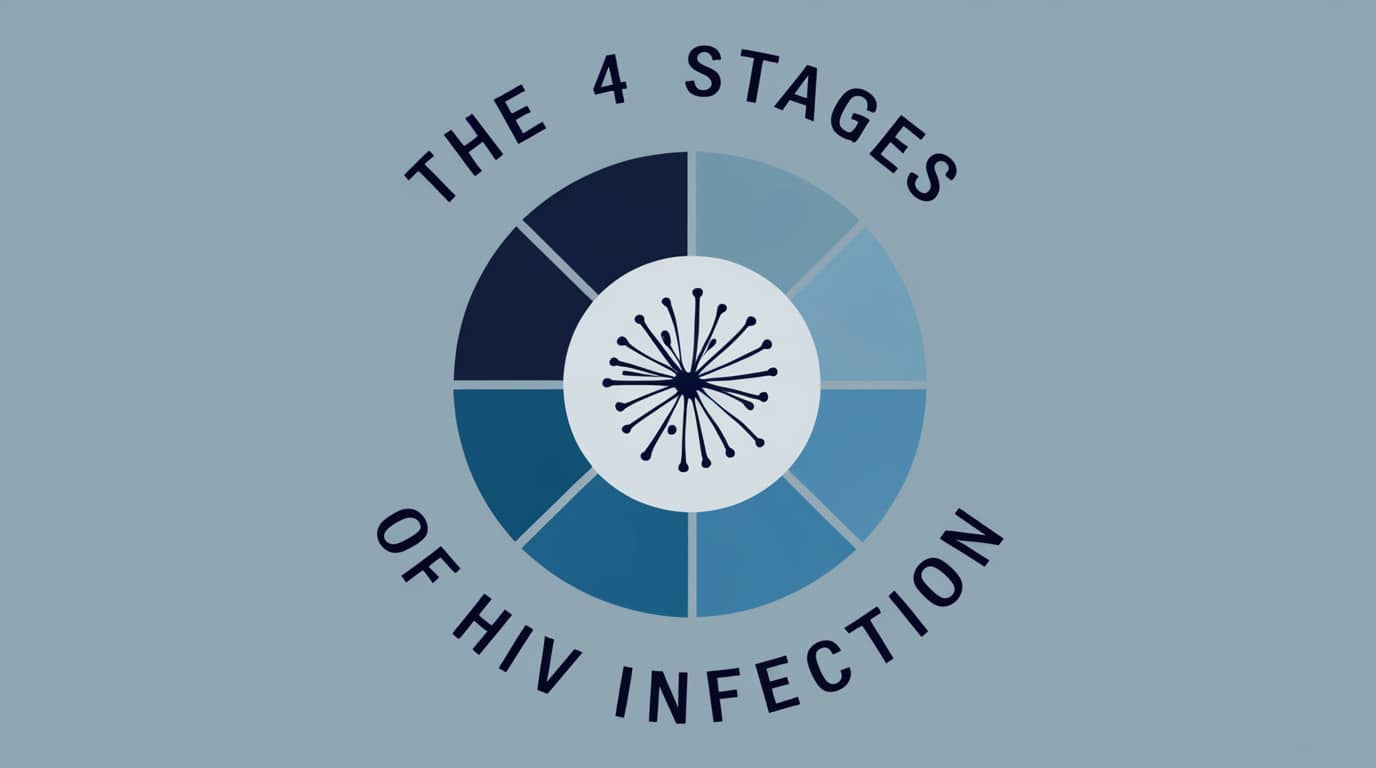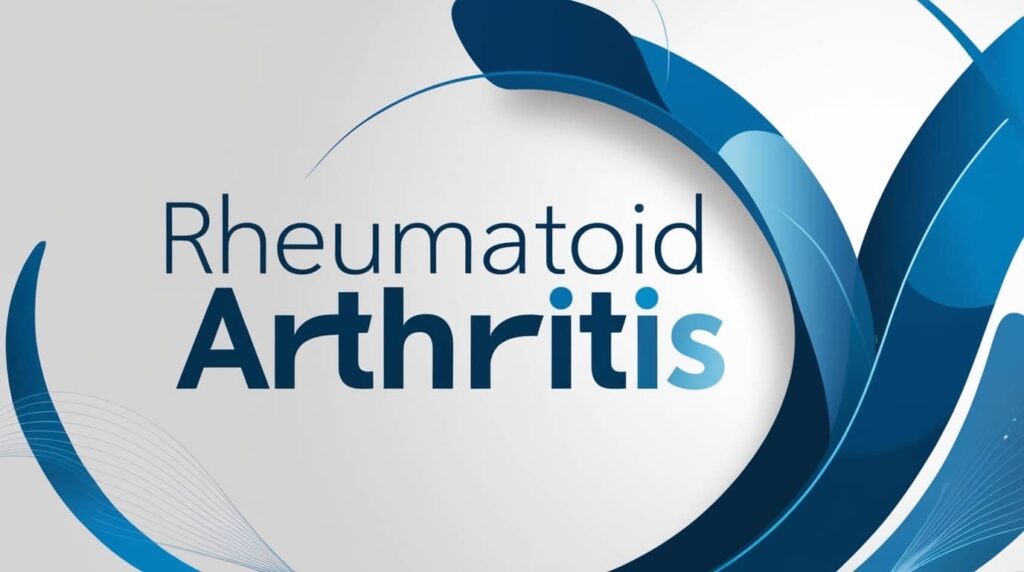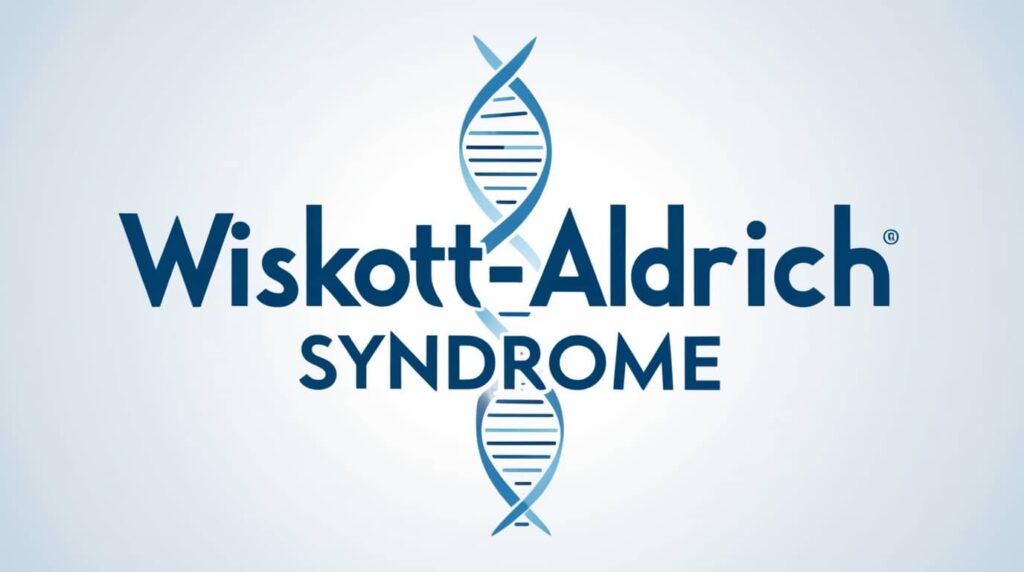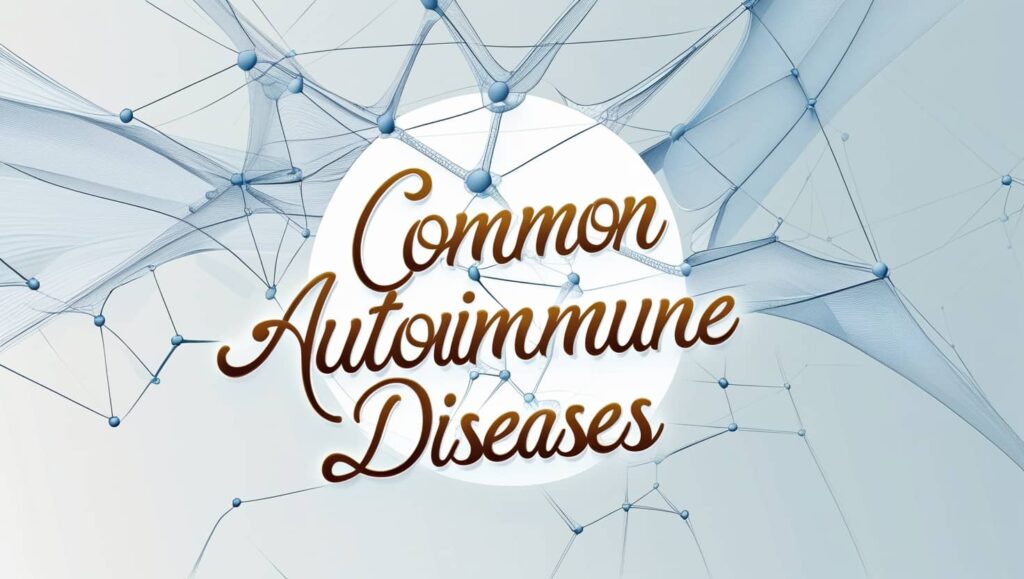Human immunodeficiency virus (HIV) is an enveloped retrovirus with two copies of a single-stranded RNA genome. It is responsible for the acquired immunodeficiency syndrome (AIDS) which is the final stage of HIV disease. The stages of HIV infection will be discussed in this article.
AIDS is the final result of HIV infections and is regarded as a fatal and terminal condition for HIV-infected patients.
AIDS is a stage in which HIV-seropositive patients experience a variety of AIDS-related complications such as opportunistic infections and cancer.
4 Stages of HIV Infection
According to WHO classification, stages of HIV Infection as follows: –
- Stage I.
- Stage II.
- Stage III.
- Stage IV.
Stage I: Primary HIV Infection or Seroconversion
Primary HIV infection, also known as acute HIV infection, occurs within 2-4 weeks of initial HIV exposure.
Large numbers of virus particles are produced in the body during this phase, they are also present in the peripheral blood of the patients.
At this point, our immune system responds to protect the host by producing antibodies against HIV and increasing cytotoxic T lymphocytes.
This process is also known as Seroconversion. At this stage, the most common symptoms are mild influenza-like symptoms such as fever, diarrhea, sore throat, headaches, and so on.
These signs and symptoms are present in more than 65% of HIV cases.
This stage is typically diagnosed based on the presence of HIV antigens or anti-HIV antibodies in blood samples.
Confirmatory tests are recommended for patients who test negative but have a history of high-risk behavior.
Stage II: Asymptomatic Stage
After the seroconversion stage, there is an asymptomatic stage that lasts about ten years.
In this stage, viral replication slows but does not stop.
The HIV level in peripheral blood drops to very low levels, although antibodies against HIV can be detected in blood regularly.
The CD4 T-cell count is usually greater than 500 cells/mm3.
Additionally, some patients have CD4 T-cell counts below 500 cells/mm3.
With the appropriate anti-retroviral medications, this phase can be extended in HIV-positive patients.
Currently, this stage can be extended even up to 20 years after HIV infection with the administration of improved anti-retroviral medications.
The main goal of any treatment strategy at this stage is to keep viral replication to a minimum so that immune-status deterioration is minimized.
Stage III: Persistent Generalized Lymphadenopathy
Typically, there are no symptoms or signs during this phase, but there could be a persistent generalized lymphadenopathy that lasts for three months or longer at a time.
It results in swollen nodes, which are typically >1 cm in diameter.
The patient appears to be otherwise healthy; non-specific adenopathy may persist, but lymph node biopsy is not routinely recommended.
Stage IV: Symptomatic Stage
Symptomatic HIV infection is characterized by increased rates of opportunistic infections and AIDS-related cancers.
HIV infection at this stage is frequently accompanied by multisystem diseases and infections that affect all body systems.
Due to increased HIV replication, there is a rapid decline in immune status, resulting in the rapid progression of various diseases.
At this point, some constitutional symptoms, such as fever, malaise, etc., start to show up, but they are easily treatable.
It is difficult to control HIV replication at this stage.
The options for therapeutic interventions to improve patients’ health status are either few or of little use.
These symptoms are indicative of terminal illness and necessitate patient counseling about the final outcome of the disease rather than keeping patients in the dark about the outcome.
Summary
Human immunodeficiency virus (HIV) is an enveloped retrovirus with two copies of a single-stranded RNA genome. It is responsible for the acquired immunodeficiency syndrome (AIDS) which is the final stage of HIV disease.
WHO classification has developed a 4-stage system and those are: –
- Stage I.
- Stage II.
- Stage III.
- Stage IV.
Stage I: Primary HIV Infection or Seroconversion
It occurs within 2-4 weeks of initial HIV exposure.
Large numbers of virus particles are produced in the body during this phase, they are also present in the peripheral blood of the patients.
At this point, our immune system responds to protect the host by producing antibodies against HIV and increasing cytotoxic T lymphocytes.
Stage II: Asymptomatic Stage
In this stage, viral replication slows but does not stop and it lasts about ten years.
The HIV level in peripheral blood drops to very low levels, although antibodies against HIV can be detected in blood regularly.
Currently, this stage can be extended even up to 20 years after HIV infection with the administration of improved anti-retroviral medications.
Stage III: Persistent Generalized Lymphadenopathy
Typically, there are no symptoms or signs during this phase, but there could be a persistent generalized lymphadenopathy that lasts for three months or longer at a time.
Stage IV: Symptomatic Stage
Symptomatic HIV infection is characterized by increased rates of opportunistic infections and AIDS-related cancers.
HIV infection at this stage is frequently accompanied by multisystem diseases and infections that affect all body systems.
The options for therapeutic interventions to improve patients’ health status are either few or of little use.
These symptoms are indicative of terminal illness and necessitate patient counseling about the final outcome of the disease rather than keeping patients in the dark about the outcome.
Read Also: Stage 4 Lung Cancer Survival Rate by Age
References
- Justiz, Angel A, and Peter G Gulick. “HIV Disease Current Practice.” Nih.gov, StatPearls Publishing, 13 Oct. 2019, from PubMed.
- (PDF) clinical stages of HIV – researchgate. from ResearchGate
- An illustration of the different stages of HIV infection. from ResearchGate
Yusuf Saeed
Pharmacist | Medical Writer & Translator
Yusuf Saeed graduated from the Arab Academy for Science and Technology and Maritime Transport with a B.Sc. in Pharmaceutical Sciences. His passion for research and healthcare communication led him to specialize in medical writing and translation. Yusuf is committed to delivering accurate, well-researched content that empowers readers with reliable medical information and bridges language gaps in healthcare education.
As the founder of Medserene, Yusuf Saeed established the platform with a vision to provide trustworthy medical content and accessible healthcare information. His mission is to create a reliable resource that empowers readers to make informed decisions about their health and well-being. Driven by his passion for clear communication and healthcare education, Yusuf aims to bridge the gap between medical knowledge and everyday understanding.







